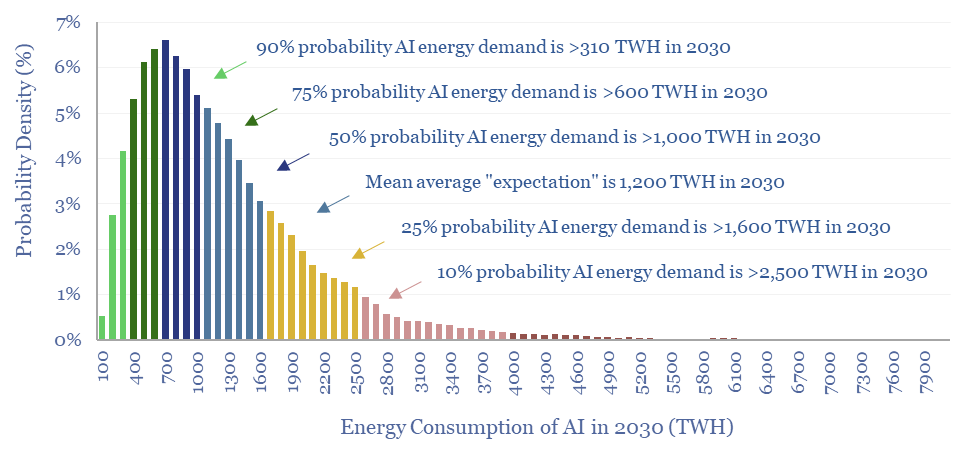California wildfires raise alarm on water-guzzling AI like ChatGPT
If there weren’t enough of an argument against AI from an environmental standpoint, a new waterfall of data might push even the most ambivalent consumer over the edge.
Energy Consumption Concerns
Per the International Energy Agency, energy consumption by global data centers could more than double by 2026, “reaching levels that exceed large nations.” This poses a significant challenge as AI technologies, such as OpenAI’s ChatGPT, continue to evolve and consume substantial resources.

Water Usage by AI Models
Recent research collaboration between the Washington Post and the University of California, Riverside revealed alarming statistics about the water consumption of AI models like ChatGPT. The study found that ChatGPT utilizes approximately 519 milliliters of water, equivalent to just over one bottle, to compose a 100-word email.
In a broader context, if ChatGPT were to send one email per week for a year, it would consume 27 liters of water, highlighting the significant water footprint of AI technologies.
Environmental Implications
AI's increasing water usage poses environmental challenges, especially in the context of climate change and water scarcity. As AI data centers escalate their water consumption, tensions may arise between these facilities and local communities, leading to potential social unrest.

Corporate Responsibility
Companies like Microsoft and Google have acknowledged the water consumption implications of their AI technologies. Microsoft reported a 34% increase in global water consumption, with a significant portion attributed to AI development. Similarly, Google noted a 20% rise in water usage, largely driven by AI-related activities.
Addressing the water usage of AI models is becoming a critical aspect of corporate sustainability efforts. Businesses must prioritize responsible water management practices to mitigate the environmental impact of AI technologies.




















